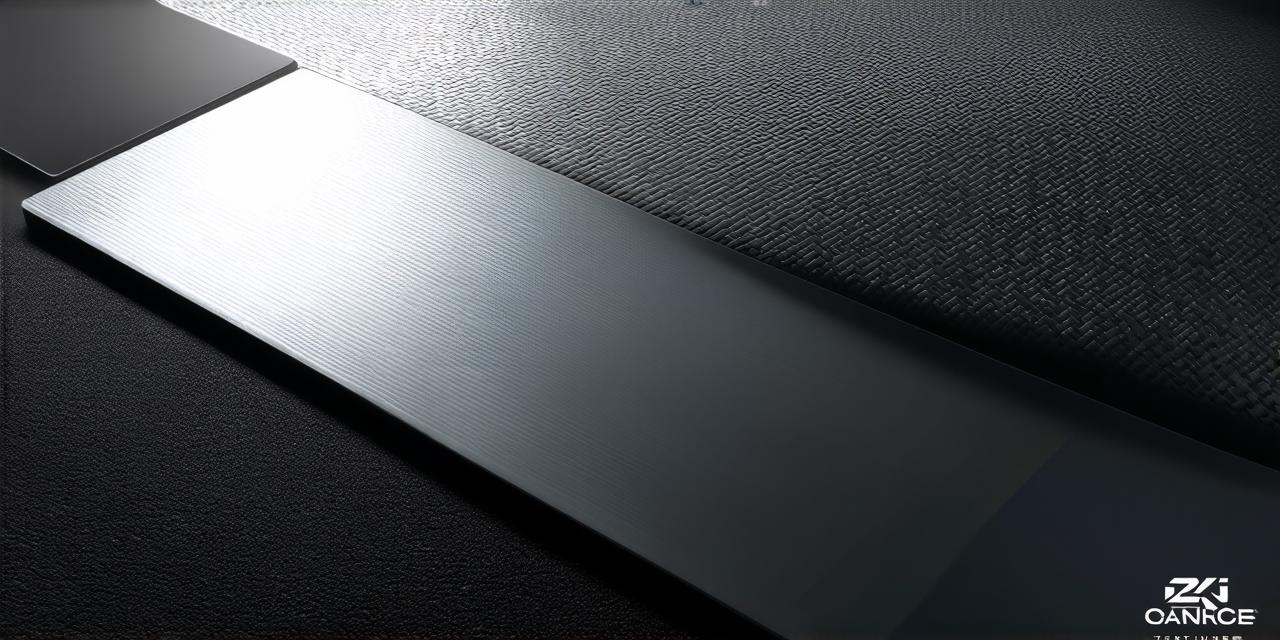Unity is a powerful game engine that allows developers to create immersive and interactive games. In this guide, we will explore how to create and import 3D models for use in Unity projects.
Creating 3D Models for Unity
There are many tools available for creating 3D models, including Blender, Maya, and 3ds Max. These professional-grade software packages offer a wide range of features and functionality, but they can be complex and time-consuming to learn. For beginners or those with limited budgets, there are also many free and open-source alternatives available, such as TinyPNG, Blender Guru, and SketchUp.
When creating 3D models for Unity, it’s important to keep in mind the following best practices:
- Keep it simple: Unity is designed to handle complex scenes and environments, but it’s still important to keep your 3D models as simple as possible. This means avoiding unnecessary detail and optimizing your models for performance.
- Use textures: Textures can greatly enhance the appearance of your 3D models and help them blend in with the rest of your scene. When creating textures, make sure to use high-resolution images that are optimized for web and mobile devices.
- Export in the right format: Unity supports a variety of 3D model formats, including FBX, OBJ, and Collada. When exporting your models, make sure to choose the appropriate format based on the requirements of your project.
- Optimize for performance: Unity has built-in tools for optimizing 3D models for performance, such as reducing the number of polygons and using LOD (Level of Detail) techniques. Make sure to take advantage of these tools to ensure that your models run smoothly on all devices.
Importing 3D Models into Unity
Once you have created your 3D model, the next step is to import it into Unity. To do this, follow these steps:
- Open Unity and create a new project or select an existing one.
- In the Project window, right-click and choose "Import Package".
- Navigate to the location of your 3D model and select it. Unity will automatically import the necessary assets, including textures and materials.
- Once the import is complete, you can drag and drop the 3D model into the Scene view. You may need to adjust the scale and position of the model to fit properly in your scene.
- To add interactivity to your 3D model, you can use Unity’s built-in scripting tools or third-party plugins, such as UniRx or Playmaker.

Case Study: Creating a 3D Model for a Unity Game
Let’s take a look at an example of how to create and import a 3D model into Unity. In this case, we will be creating a simple 3D character for a game.
- First, we will use Blender to create our 3D model. We will start by creating a new character mesh and adding some basic textures to give it a humanoid appearance.
- Once we are happy with our model, we will export it in the FBX format and open it in Unity.
- In Unity, we will import the FBX file and drag the character model into the Scene view. We will then adjust the scale and position of the model to fit properly in the scene.
- To add interactivity to our character, we will use a simple script that allows the player to move and attack. We will also add some animations to make the character feel more realistic.
- Finally, we will test our game on various devices to ensure that it runs smoothly and looks good on all platforms.
FAQs
Q: What is the best software for creating 3D models for Unity?
A: There are many software options available for creating 3D models, including Blender, Maya, and 3ds Max. For beginners or those with limited budgets, there are also many free and open-source alternatives available.
Q: How do I optimize my 3D model for performance in Unity?
A: To optimize your 3D model for performance in Unity, you can reduce the number of polygons, use LOD (Level of Detail) techniques, and minimize the use of complex textures. You can also use Unity’s built-in tools to further optimize your models.
Q: Can I import 3D models from other formats into Unity?
A: Yes, Unity supports a variety of 3D model formats, including FBX, OBJ, and Collada. You can import these formats directly into Unity using the "Import Package" feature.
Q: How do I add interactivity to my 3D models in Unity?
A: To add interactivity to your 3D models in Unity, you can use Unity’s built-in scripting tools or third-party plugins, such as UniRx or Playmaker. You can also create custom scripts to add unique interactions to your models.
